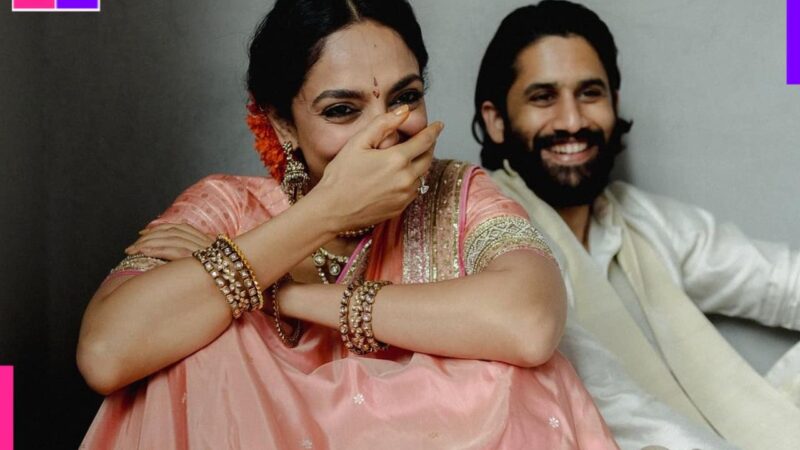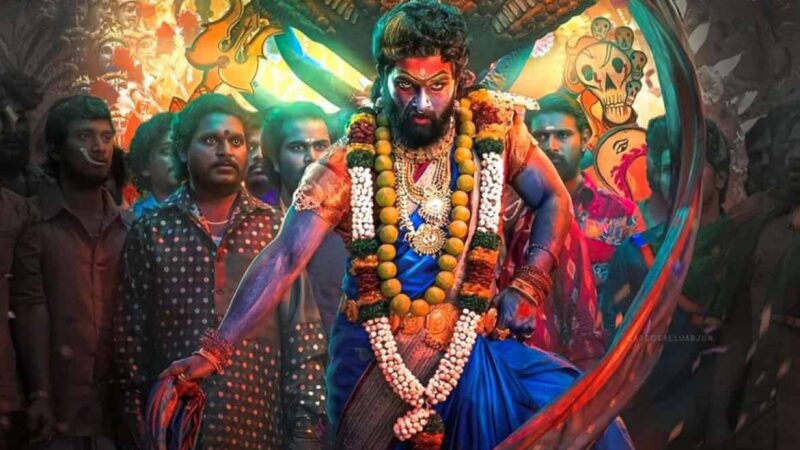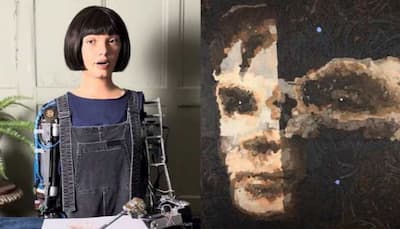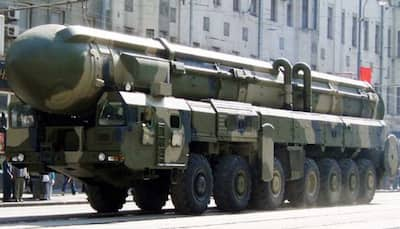A portrait of Alan Turing, one of the foundational figures in Artificial Intelligence (AI), recently sold for over a million dollars at auction—but what made it unique was that it was painted by Ai-Da, the world’s first humanoid robot artist.
Titled ‘A.I God,’ the artwork depicting the renowned British mathematician was auctioned at Sotheby’s Digital Art Sale, where it fetched an impressive $1,084,800 (approximately Rs 9.15 crore), far surpassing the organizers’ initial estimate of $180,000 (about Rs 1.5 crore).
The painting portrays Turing as a deity-like figure of AI, attracting a total of 27 bids before it was ultimately sold to an anonymous buyer in the United States, according to The New York Times.
Named after Ada Lovelace, the 19th-century mathematician often celebrated as the world’s first computer programmer, Ai-Da is a humanoid robot developed in 2019. Aidan Meller, a former gallery owner and modern art expert, created Ai-Da in collaboration with a team of 30 professionals, including AI researchers from Oxford and Birmingham universities.
Designed to resemble a human woman with lifelike facial features and a bob of brown hair, Ai-Da is equipped with cameras in her eyes, AI-driven algorithms, and a robotic arm that allows her to draw and paint. “She is capable of drawing and painting using cameras in her eyes, AI algorithms, and her robotic arm,” reads the official website of the humanoid artist.
Ai-Da Robot explains the theme of the artwork ‘AI God,’ watch the video here:
Ai-Da’s creator, Meller, explained that he had asked the humanoid to create artwork for an AI conference organized by the United Nations. The robot suggested a portrait of Turing, known for his early predictions about AI’s potential back in the 1950s.
To create the portrait, Ai-Da analyzed a photograph of Turing and produced approximately 15 individual paintings of different parts of his face. Three of these portraits, along with a painting of a decryption machine Turing had used, were then scanned and uploaded into a computer. Utilizing Ai-Da’s underlying language model, the images were combined to form a single painting, which was printed using a 3-D textured printer.
As reported by The Times, studio assistants transferred the final portrait onto canvas, with Ai-Da adding further marks and textures to complete the piece.
“It is about the transferral of agency onto these machines […] The artwork is saying that we are going into a period where we ask algorithms about what partner we want, what job we want, even what babies we want,” Meller remarked, reflecting on the broader implications of the robot’s creation and the increasing role of AI in human decision-making.
Stay informed on all the , real-time updates, and follow all the important headlines in and on Zee News.









